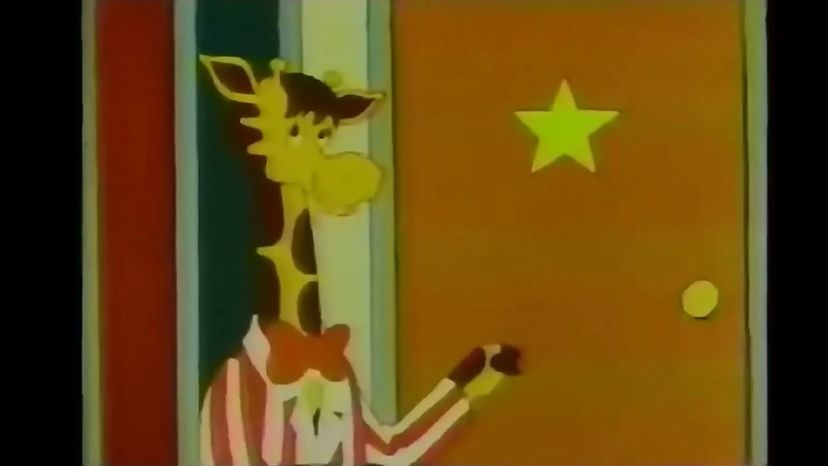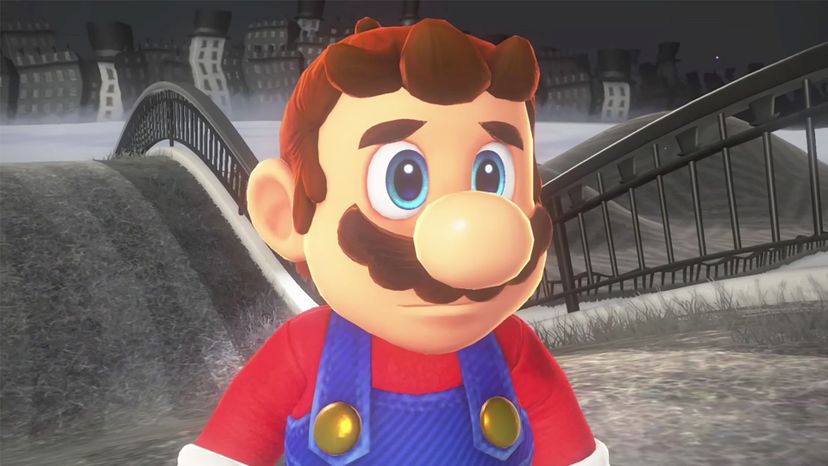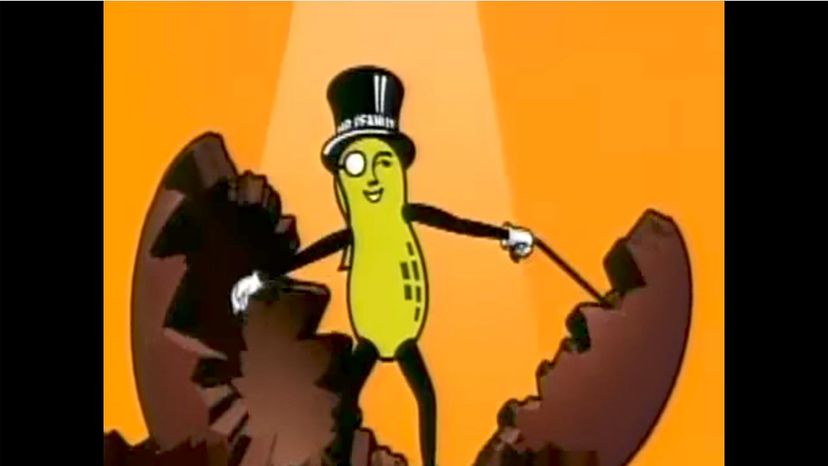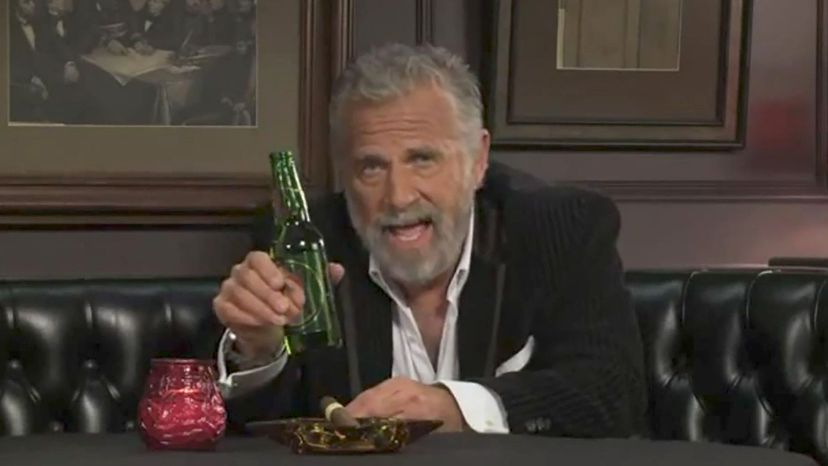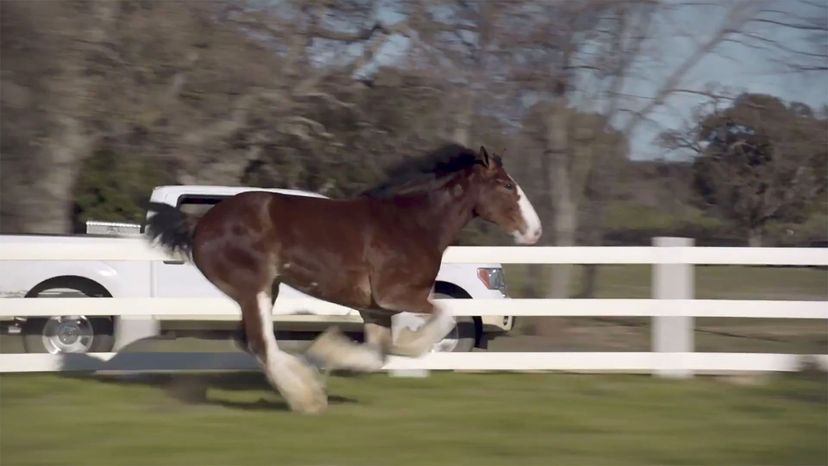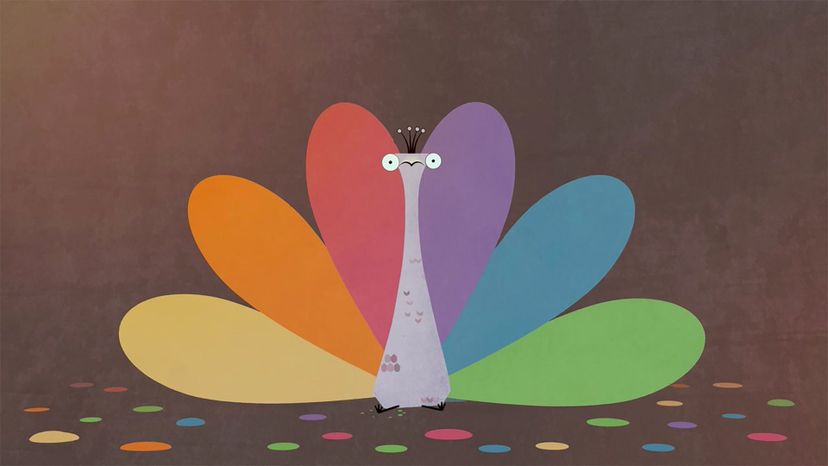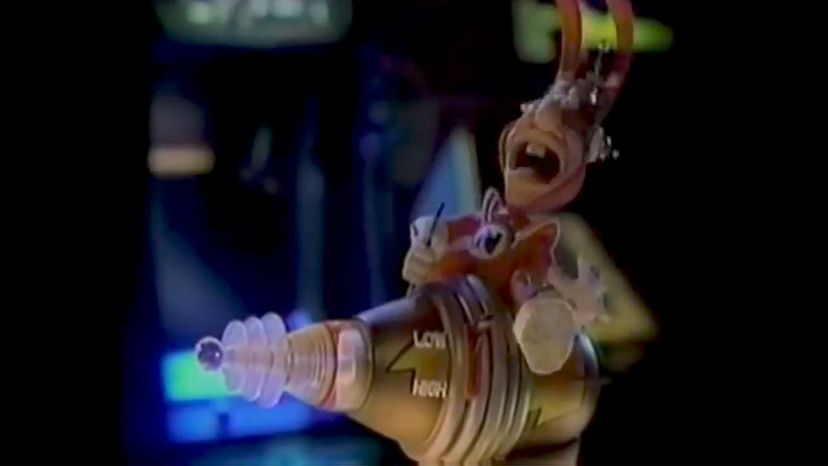
About This Quiz
Lions and tigers and bears, oh my! Â What would a company or product be without a mascot?
The word mascot is from the French word, 'mascotte.'  It literally means lucky charm. In fact, Merriam Webster defines a mascot as a person, animal or object adopted by a group as a symbolic figure especially to bring them good luck. Mascots are as recognizable, and sometimes even more recognizable than the company or product they represent.
Sports team mascots are so much associated with their teams that often the mascot dolls are stolen by an opposing team before a big game in an effort to jinx their opponent.
They can be cute or ugly, and although mascots are usually animals or objects, they don't have to be! Â Can you name the insurance company with a very recognizable woman for its mascot? Â
Companies use mascots to solidify their branding. Â Who can forget the Taco Bell chihuahua? Â Do you remember which mascot was famous for saying, "They're grrrreat!"
So, how well do you know the most famous mascots? Â There's really only way to find out. Â Take the quiz and prove it!
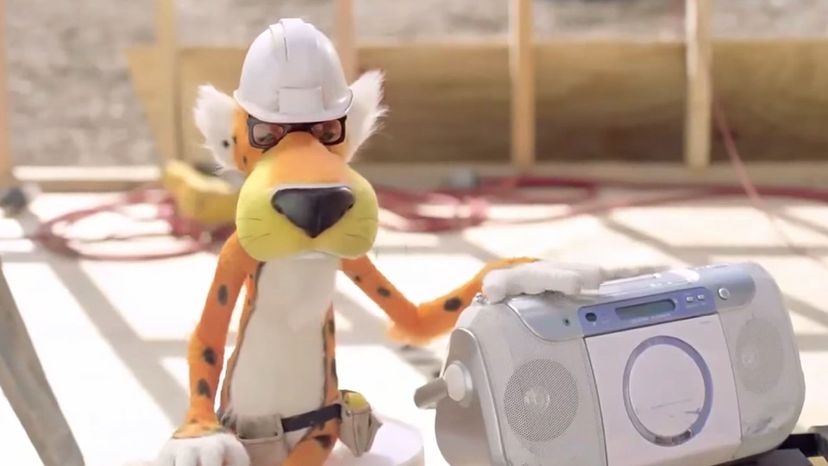
Advertisement
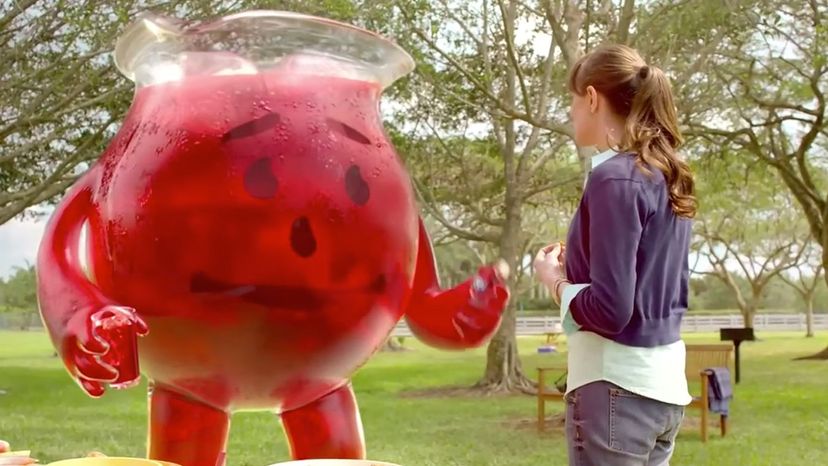
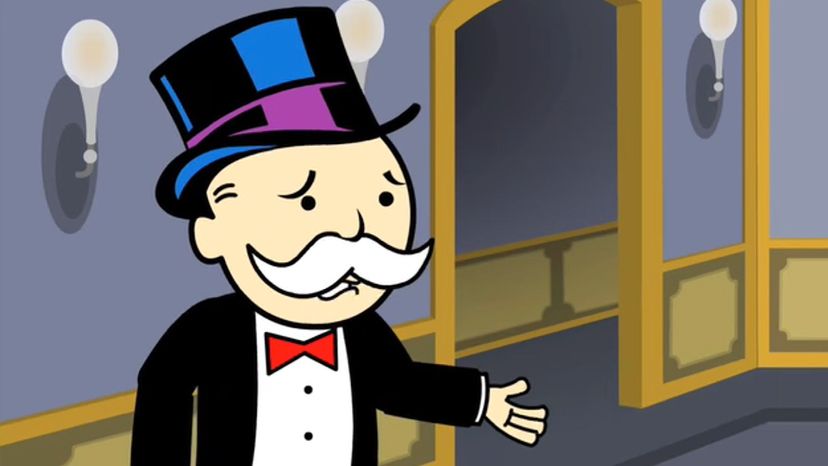
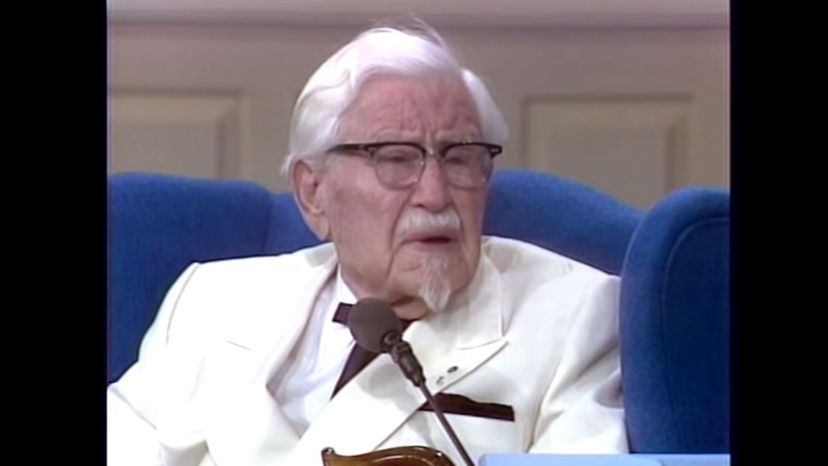
Advertisement


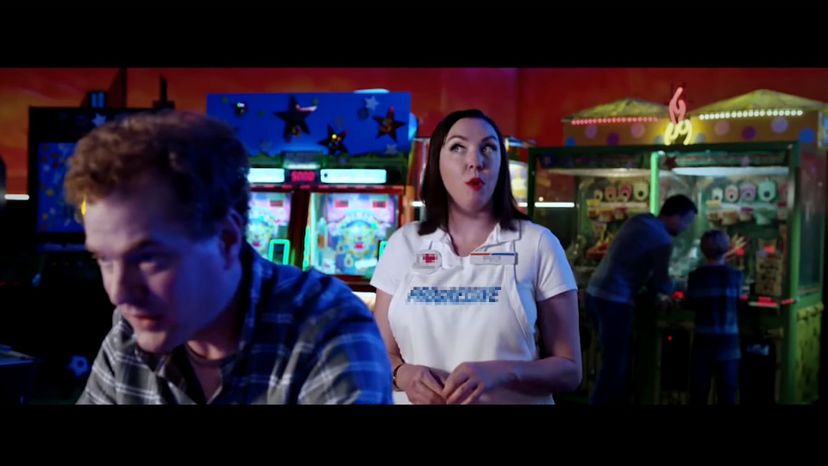
Advertisement
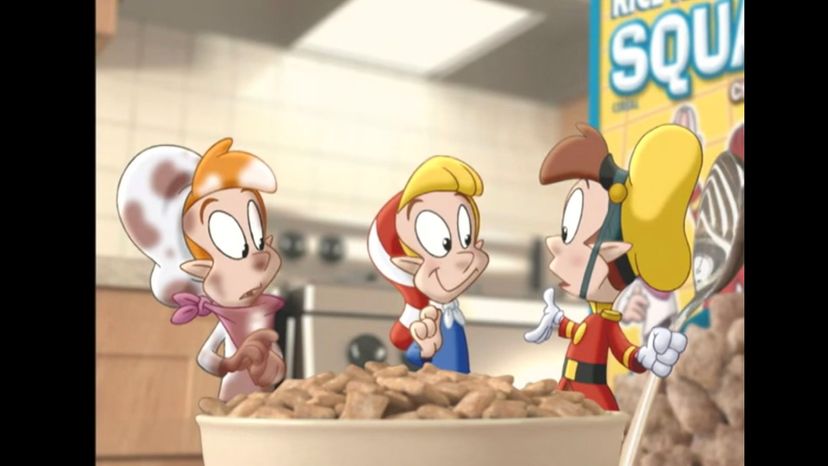
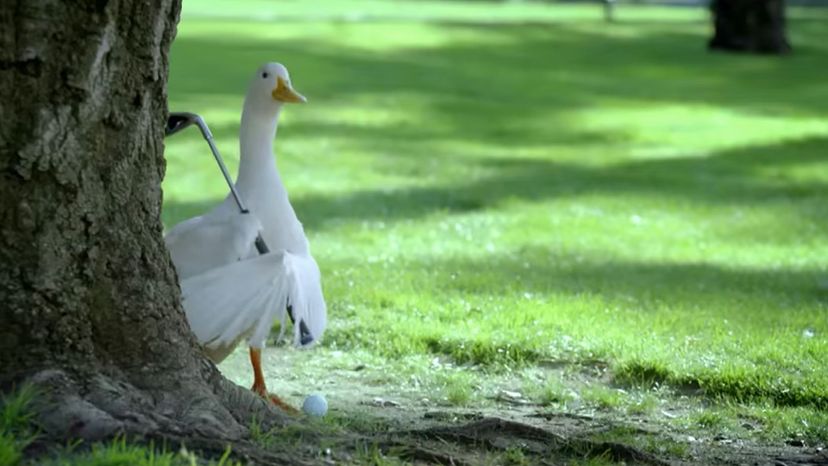
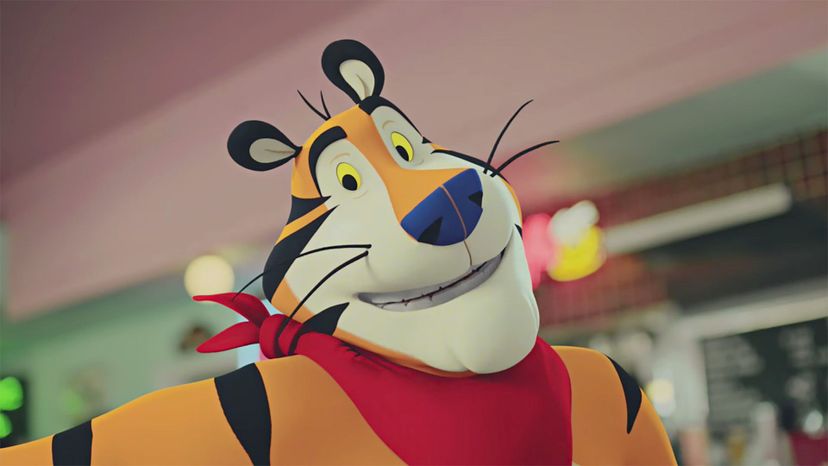
Advertisement
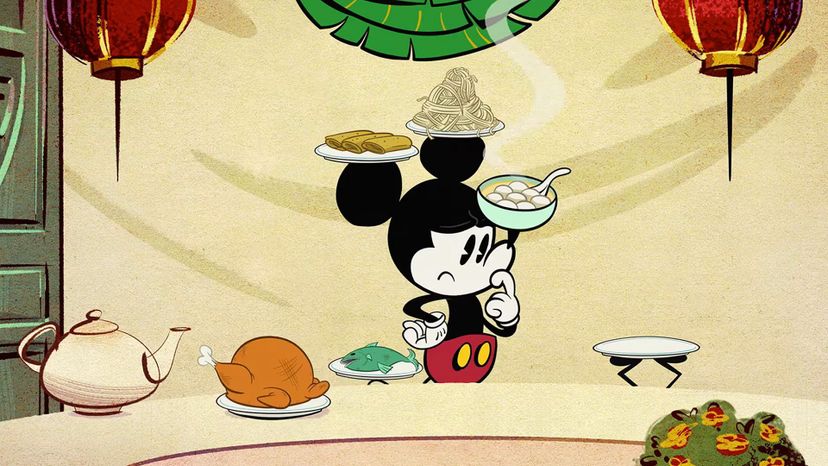
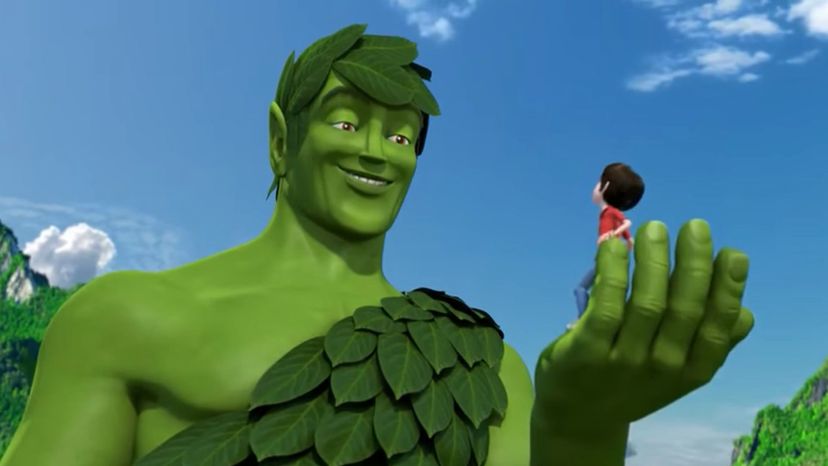
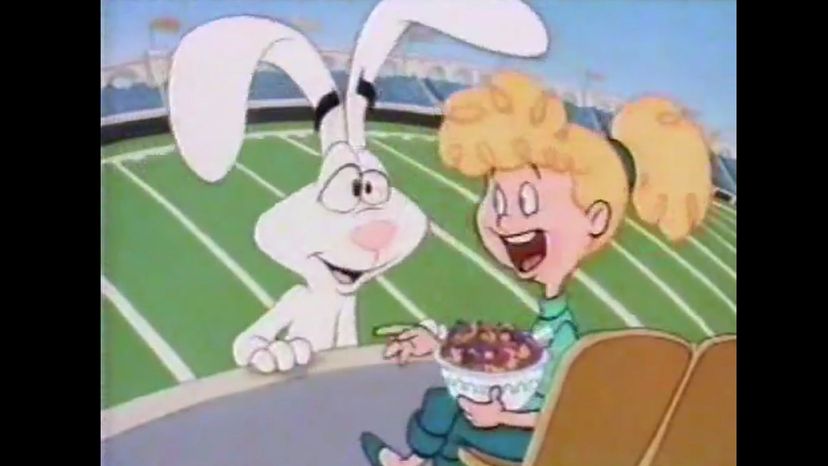
Advertisement
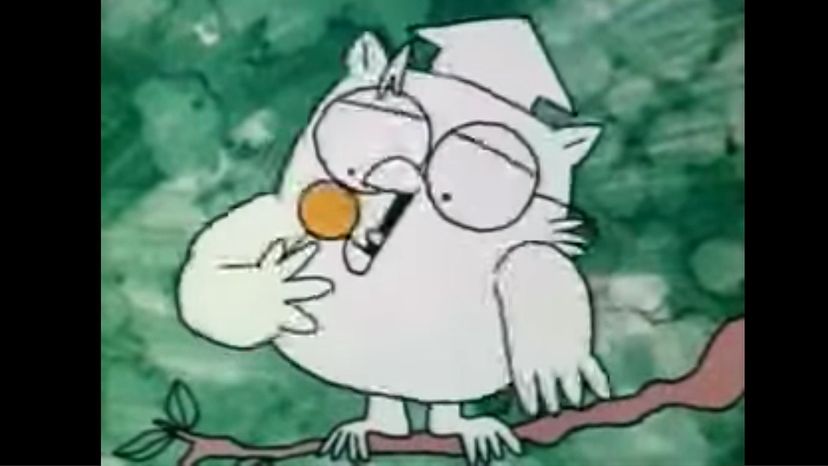


Advertisement
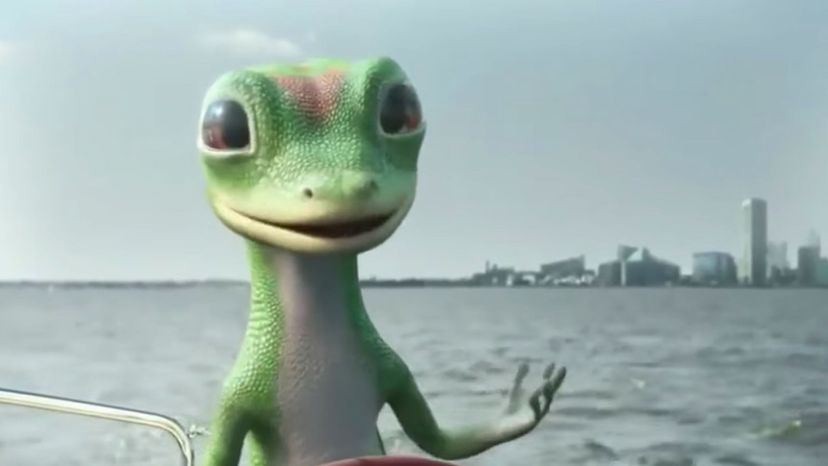
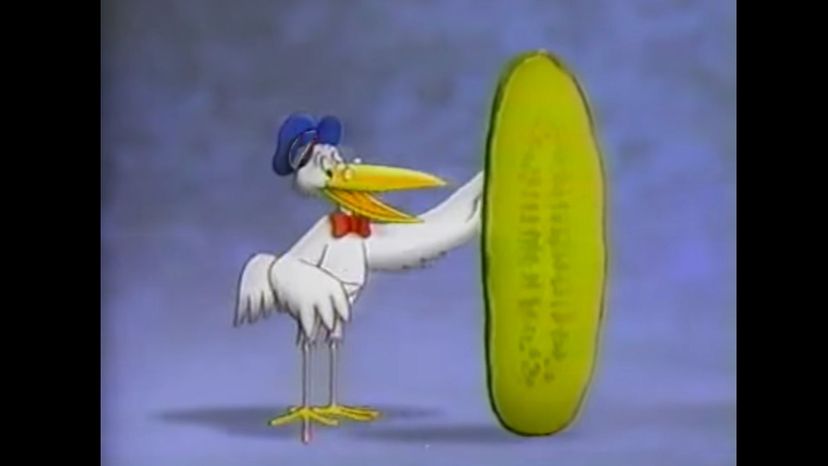
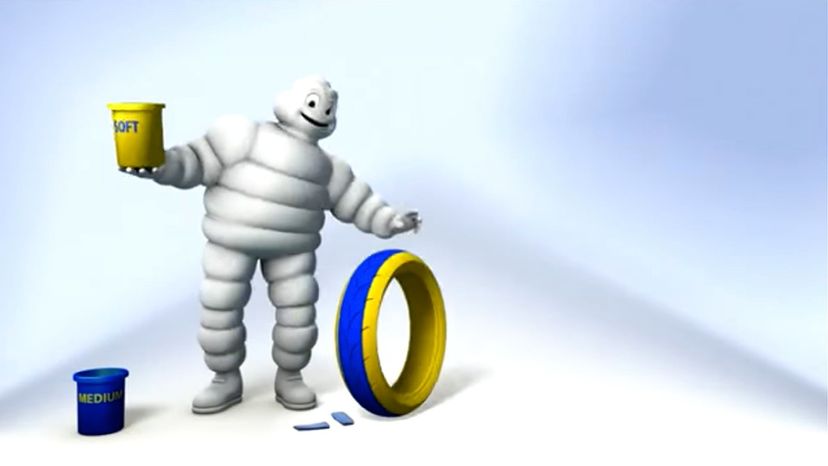
Advertisement
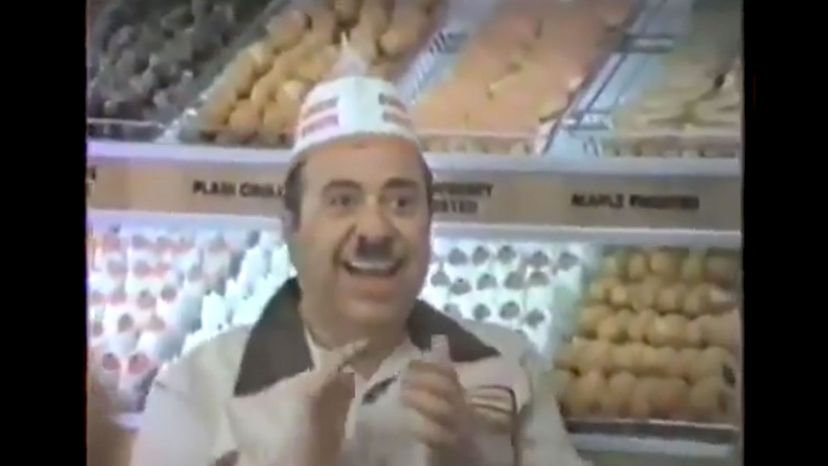
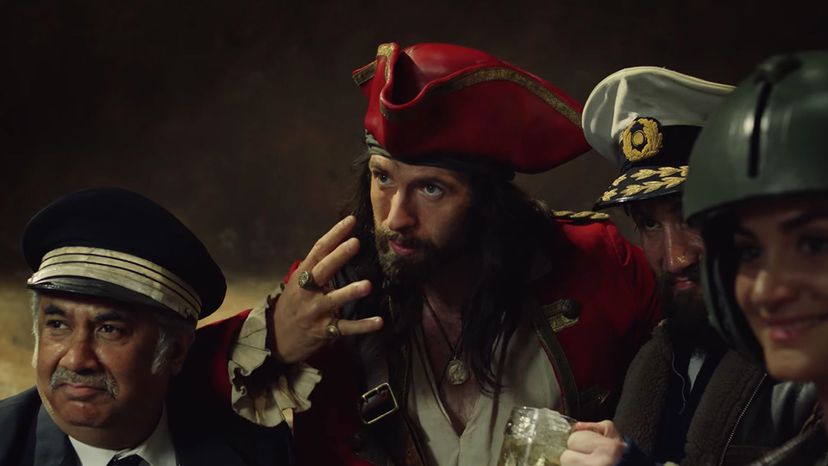
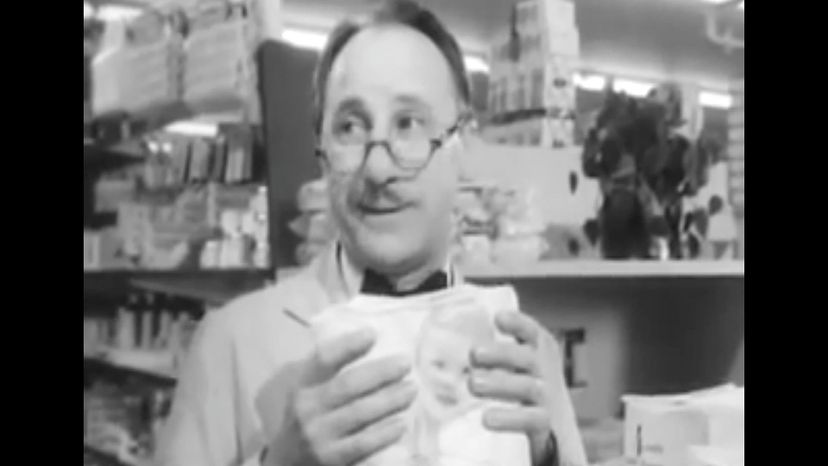
Advertisement
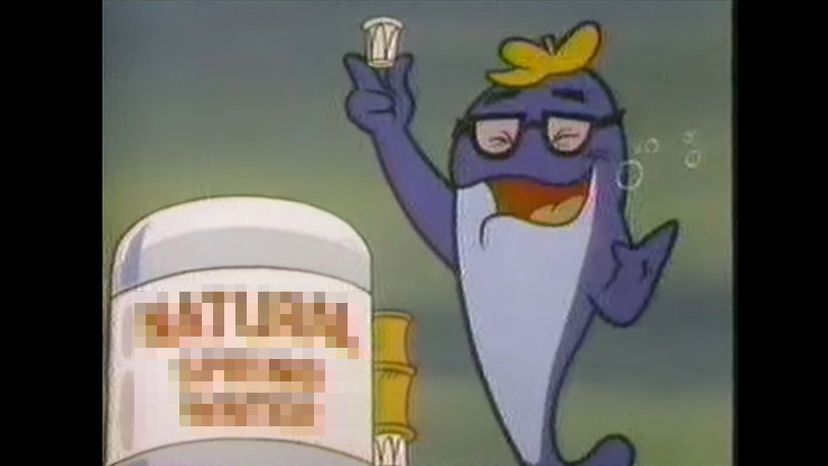
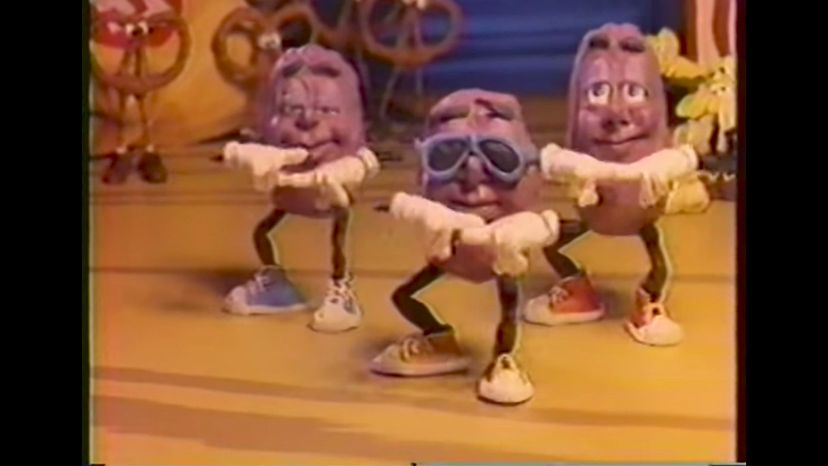
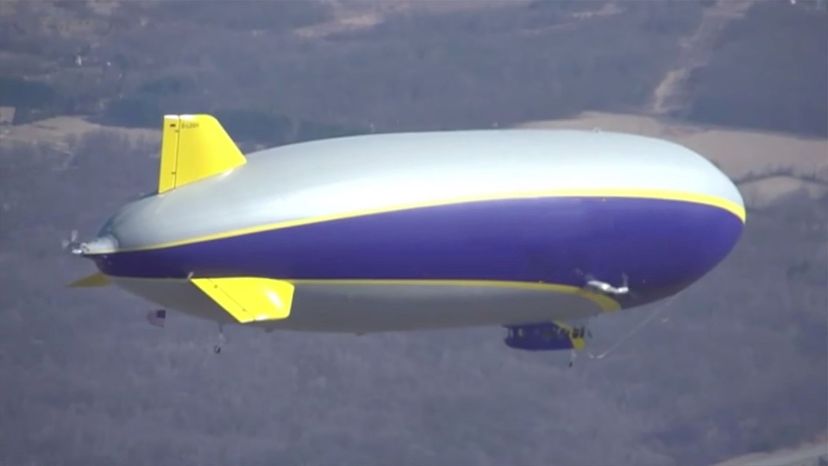
Advertisement

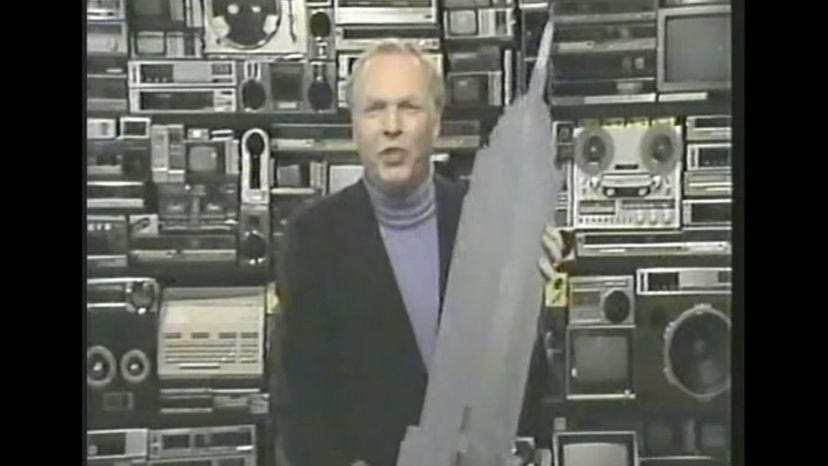
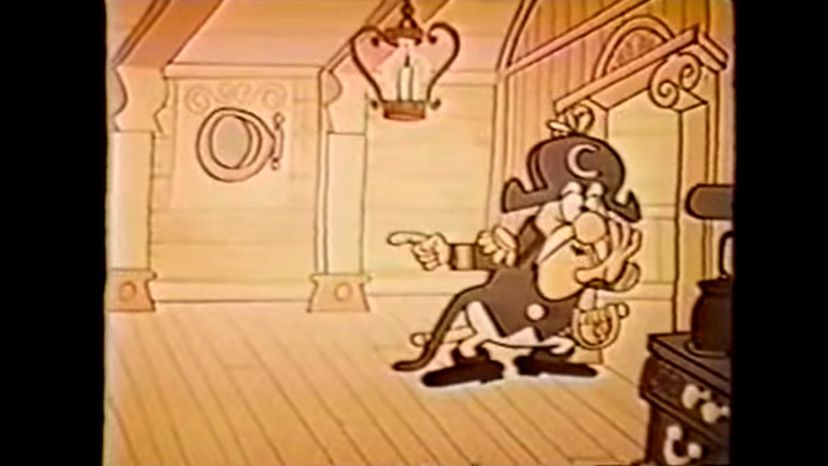
Advertisement
Advertisement
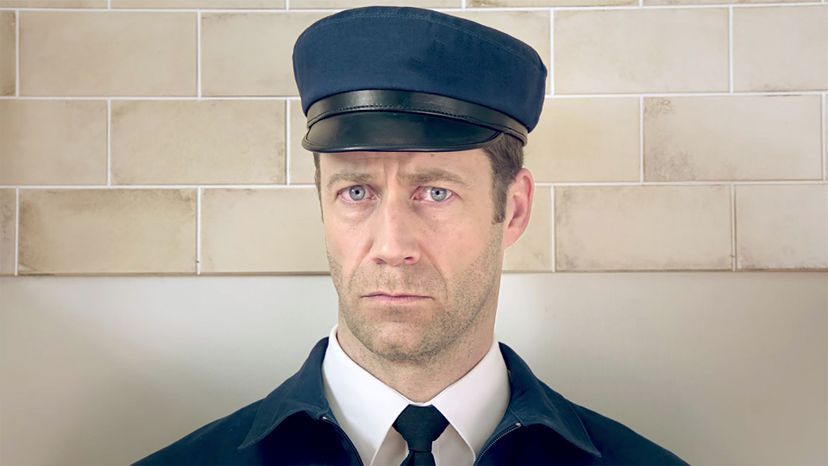
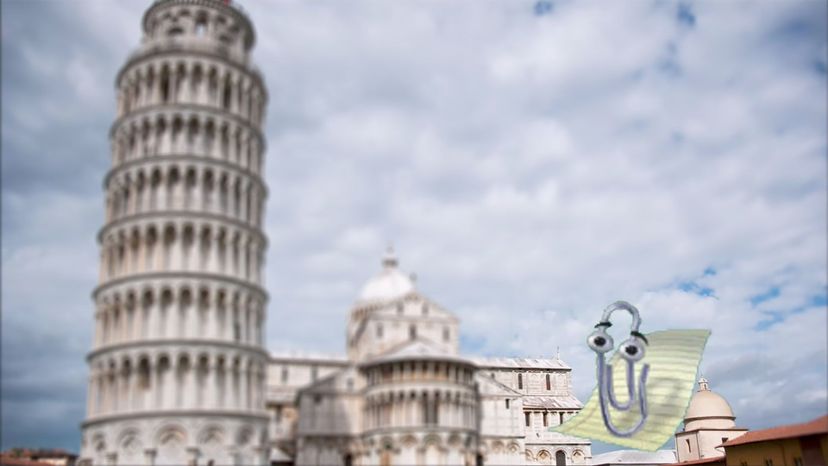
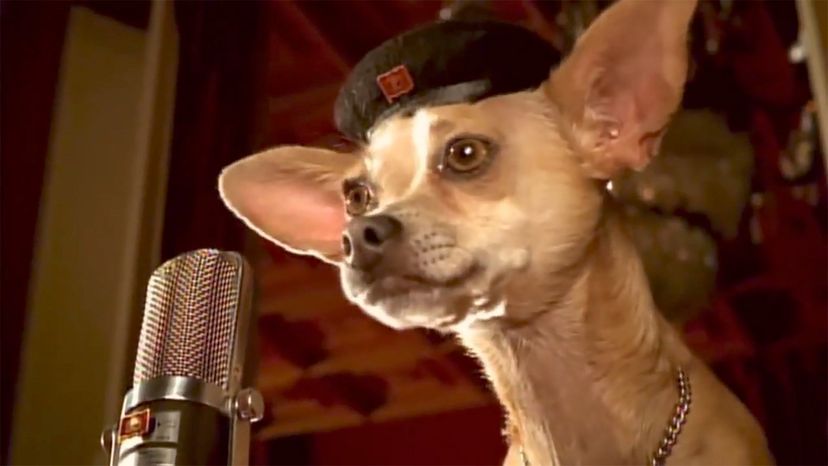
Advertisement

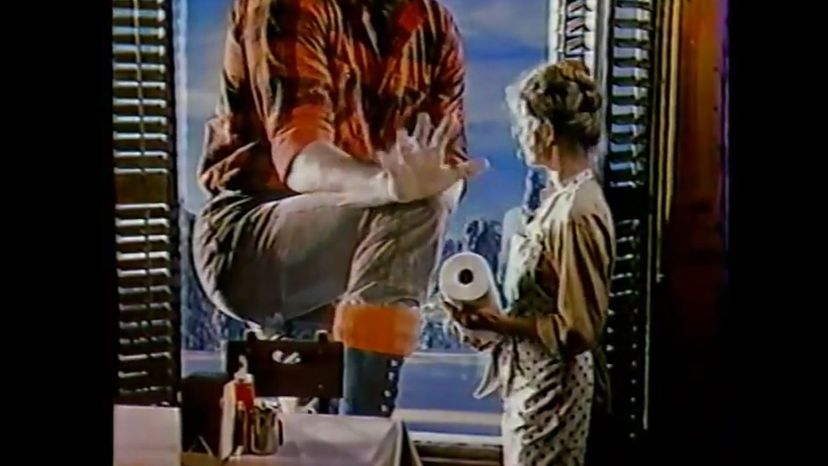
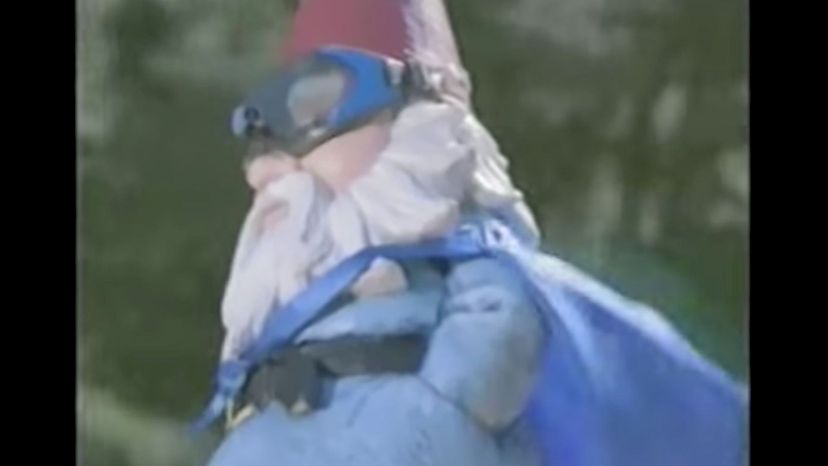
Advertisement

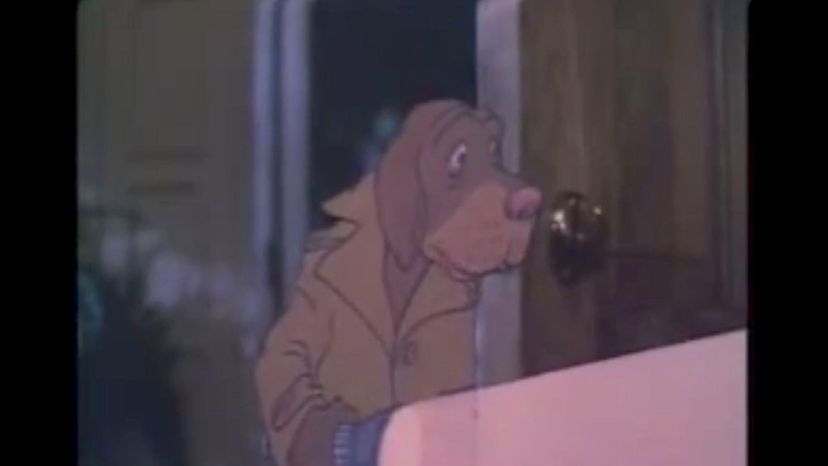
Advertisement
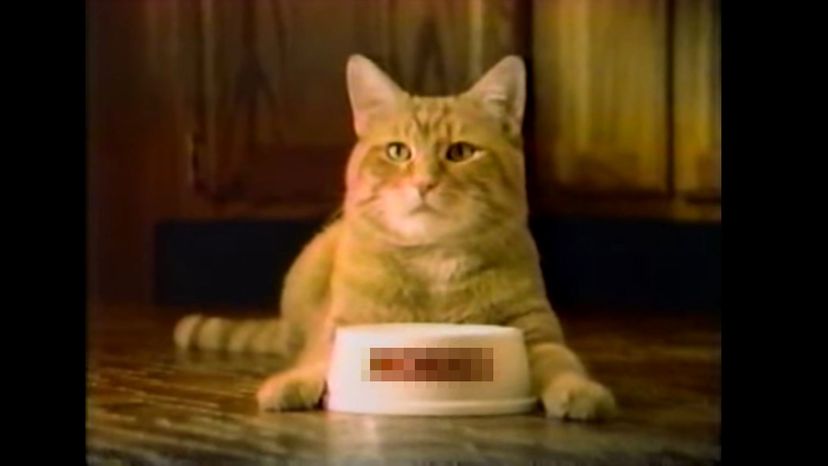
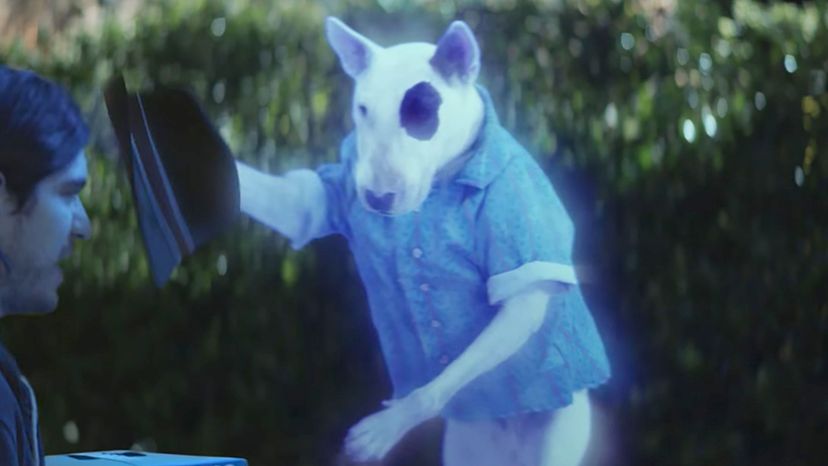

Advertisement
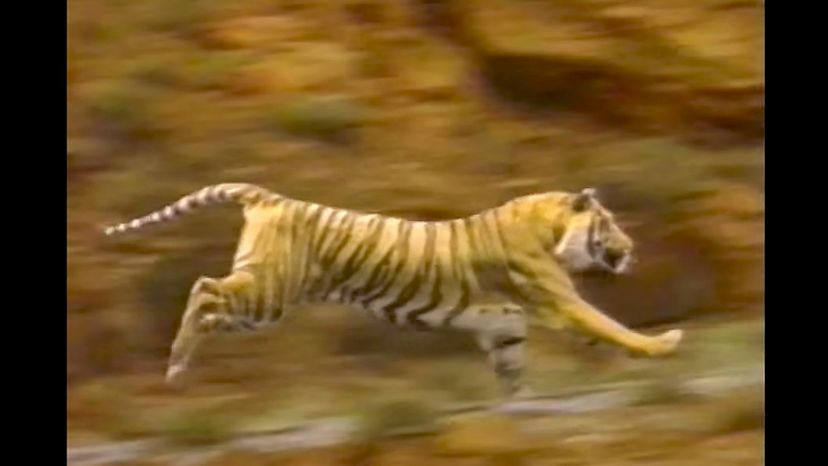
Advertisement
